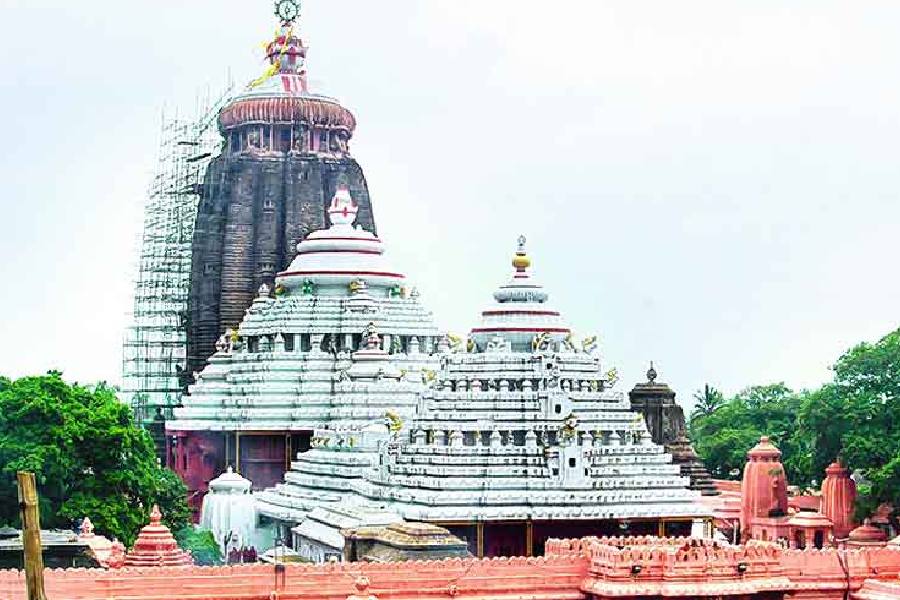The Archaeological Survey of India (ASI) will use bio-chemicals to get rid of the rodents infesting the sanctum sanctorum (Garva Gruha) of the 12th-century Shree Jagannath temple.
The rodents are posing a threat to the deities.
A technical team of ASI, along with the Odisha government officials, on Thursday inspected the sanctum sanctorum.
The deities of the temple — Lord Jagannath, elder brother Balabhadra and sister Subhadra — have already left the temple on a nine-day sojourn, giving the required time to carry out conservation work of the sanctum sanctorum.
Superintending archaeologist (Puri circle) B.S. Gadanyak said: “We are aware of the menace of the rodents and will take steps to tackle the menace.”
The temple’s record of rights (RoR) has prohibited the killing of any animal inside the shrine. So the ASI has planned to use bio-chemicals to overcome the menace of rodents.
“The bio-chemicals that would be sprayed would give a bitter smell and bitter taste. Once the biochemical is used, the rats will not touch any leftover food and flowers. If they don’t get food, they would leave the place,” said a member of the team.
Besides, the ASI will close all the open drains by using “iron grates” that connect to the sanctorum which is mostly used as a passage for the rodents to come inside the sanctorum.
Senior servitor Rama Krushna Das Mohapatra told The Telegraph: “The rats pose a threat to the wood used in the idols. Besides they nibble away the valuable attire of the deities.”
Citing the reasons for the increasing number of rodents, Das Mohapatra said: “Earlier there was no sealing inside the sanctum sanctorum. There was only a ‘Chandua’ used above the deities. Later, the ASI made a concrete sealing and it has given space for the rats to live. Besides, a number of pipes have been used to fit ACs, lights and the rats used the pipes to come inside. All the holes need to be filled up with concrete. We have also proposed to break the concrete sealing and put the ‘Chandua’ which was used earlier so that the rats will not find a place to live here.”











